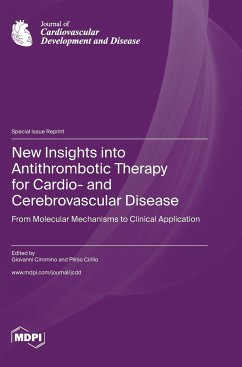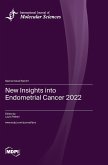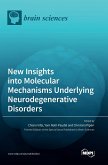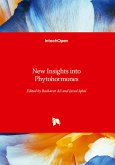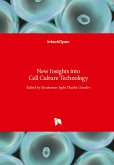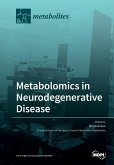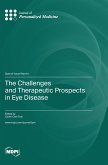Thrombosis is a pathophysiological phenomenon observed in acute and chronic coronary syndrome, stroke, and peripheral artery disease. Exposure of the Tissue Factor (TF) to flowing blood is followed to its binding to other coagulation factors leading to thrombin formation. Together with platelet activation, TF ultimately promotes thrombus formation. Recent advances in platelet pathophysiology have shown that these cells are able to regulate their gene/protein expression, engage in de novo protein synthesis, and release different mediators that may interfere with different cell functions. Several clinical trials have clearly shown the efficacy of anticoagulation and/or anti-platelet aggregation in different thrombotic disorders. Real-world practice clearly indicates that antithrombotic strategies need to be personalized according to patient characteristics. The combination of multiple antithrombotic drugs represents a challenging scenario and was the focus of multiple recent randomized controlled trials, with more still to come. As knowledge about platelets and the coagulation system has substantially evolved within the last few years, so should our approach to antithrombotic treatment; focused on current hurdles of antithrombotic treatments in patients with cardio- and cerebrovascular diseases, starting from the molecular mechanisms involved, proposing practical solutions to compelling clinical scenarios using a pathophysiology-oriented approach on the basis of current clinical evidence.
Hinweis: Dieser Artikel kann nur an eine deutsche Lieferadresse ausgeliefert werden.
Hinweis: Dieser Artikel kann nur an eine deutsche Lieferadresse ausgeliefert werden.

